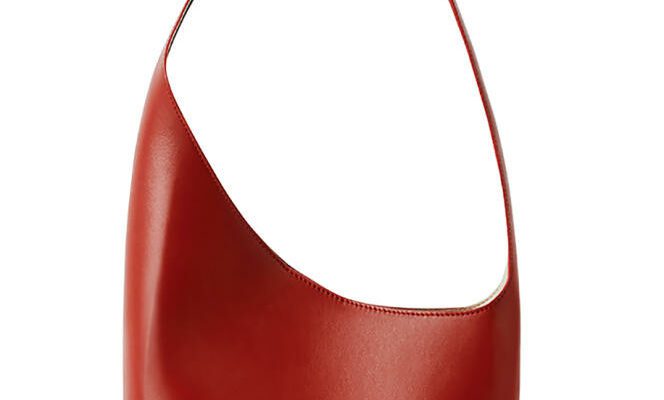By launching her brand of bags, Aesther Ekme – a purely fictitious female name – in June 2016, Stephane Park took the opposite course to a trend. “At the time, the industry was obsessed with the signage of the bag: it needed a logo, a monogrammed canvas, an identification buckle at all costs. Instead, I focused on functionality,” says the traveling designer, born to Korean immigrant parents in São Paulo and who studied women’s ready-to-wear and accessories in New York and then in Copenhagen.
His method? “Choose an archetype – the shopping bag, the handbag, the bucket bag, the shoulder strap… – then remove all the superfluous possible, from the hardware to the seams, in order to remodel it taking into account the proportions of the body. » In this reflection on sobriety, architecture takes the place of inspiration. The day she tackles her model called Demi Lune, Stephane Park draws a long sensual asymmetrical curve, a motif whose master, in Brazil, remains Oscar Niemeyer (1907-2012). She thinks of the Copan (1957), a sinuous residential skyscraper in the heart of São Paulo, where her sister lives today, or the Museum of Contemporary Art in Niterói, sort of tortuous spaceship on the edge of Rio de Janeiro.
“I like with Niemeyer the fact that the building seems to move in the middle of the chaos and that the curve is enough to create an effect, she enthuses. From there came the idea that a simple curve would allow the bag to stand out and, once behind the arm, to blend naturally, to almost disappear, like an undergarment. » Equipped with an inside pocket and a magnetic clasp, the Demi Lune, like the rest of Aesther Ekme’s catalogue, is then made from Italian calfskin in Andalusia, in Ubrique, a town renowned for its know-how. make leather goods.
